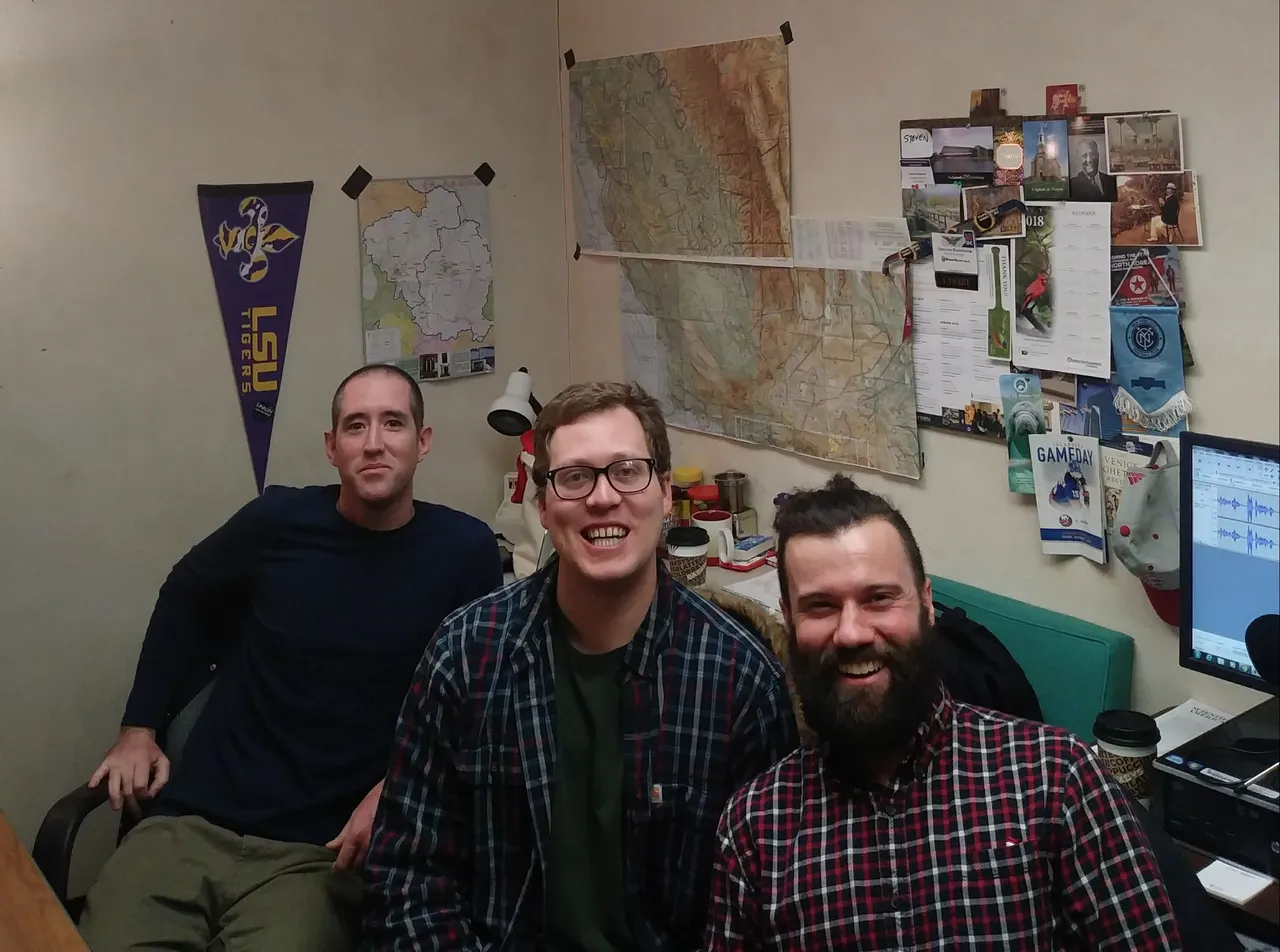In George Orwell’s 1984, political control is maintained through control of history. A character in the book says, "Who controls the past controls the future: who controls the present controls the past." Unfortunately for the people in the novel, the people who control the present in 1984 do not allow free speech. Today, we are lucky to have an opportunity to control the present and the past through communication.
 Orwell argued that communication was key to control
Orwell argued that communication was key to control
Who controls the present in the cultural sector?
The cultural sector was once dominated by boards and operations that occurred in political interactions behind closed doors. While this still exists, much to the sectors detriment, a new path is available. Through the use of mass communication, historians and other cultural institutions can reclaim their power in the present and thus present a more truthful version of the past, which will lead to a better future.
 Hour of History podcast team records episodes based on listener requests rather than board decisions
Hour of History podcast team records episodes based on listener requests rather than board decisions
How can resources be reallocated in communication?
Communication today is easier than ever. Using a podcast, I am able to reach hundreds of people per week and teach them about the past, for free. Using Steemit, I am able to collaborate with colleagues to create a project that benefits people all around the world. The only necessary ingredients are knowledge and effort.
What does this mean for capitalization, capacity, and planning?
Because communication is much easier than it ever has been before, capitalization is not as important as it once was. Rather, by establishing a quality cultural product that people want it is possible to expand the cultural sector without spending an enormous amount of money. Whereas history was once locked behind university doors or in incomprehensible texts, it is now widely available to anyone who is interested. By planning to meet the desires of people and providing quality content, which I know history is, it is possible to expand the interested pool of historians much farther than the university or cultural sector currently does.
What does this look like?
Another example of this communication expansion is the Revolutions podcast. This podcast was started by a public historian and teacher who wanted to share a cultural product. But he did not want to be confined by geography. He talks about the history of revolutions from all over the world. Rather than write a book or erect a museum, he wrote podcasts and presented them in a way in which people can listen at their leisure. He then gained an audience and took the cultural sector on the road, in the form of tours around revolution museums in Europe. Not only does this show how a small operation in the cultural sector reached and inspired a number of people, but it also shows how traditional operations, like museums are helped by smaller cultural efforts.
 Global Voices shows just how simple a podcast can be to record
Global Voices shows just how simple a podcast can be to record
What are the next steps?
Continued effort from individuals who have skills in entertainment and ability in communication to spread the world of culture will reignite interests in the cultural sector and lead to a growth and sustained interest in cultural institutions. Although this post focused largely on podcasts, they are only one of many forms of mass media widely produced and consumed in the cultural sector today. 360 degree panoramas and VR simulations offer a promising solution to the pollution caused by travel and a low-cost alternative for those without money or the ability to travel. Many more of such possibilities exist.
100% of the SBD rewards from this #explore1918 post will support the Philadelphia History Initiative @phillyhistory. This crypto-experiment conducted by graduate courses at Temple University's Center for Public History and MLA Program, is exploring history and empowering education. Click here to learn more.